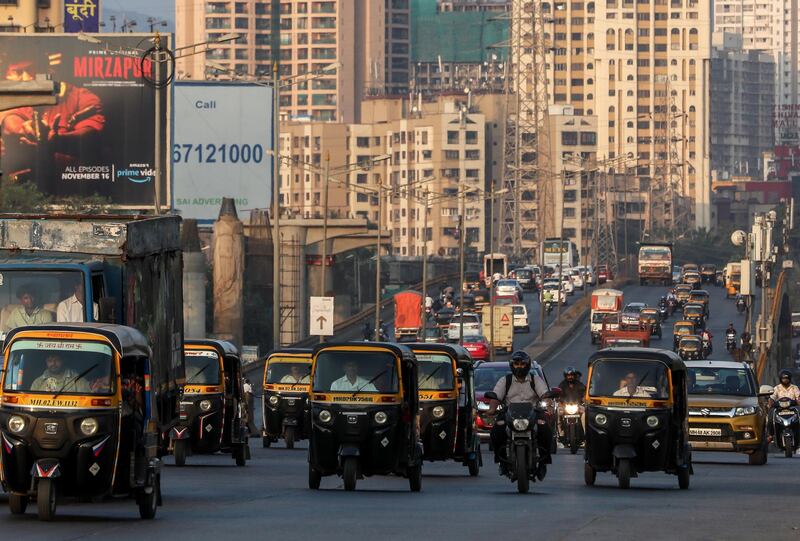India formally set up a bad loan bank as part of efforts to remove one of the world’s largest piles of soured debt from the balance sheet of financiers and boost lending.
The bank was registered as the National Asset Reconstruction Company on July 7, with Padmakumar Madhavan Nair as managing director, according to filings with the Registrar of Companies, where business establishments must register before becoming operational.
Its paid-up capital is 746 million rupees ($10m), according to the filing. Mr Nair previously worked at the State Bank of India where he handled the resolution of stressed assets.
Sunil Mehta, chief executive of the Indian Banks’ Association, will be a director while SBI’s Salee Nair and Canara Bank’s Ajit Nair are nominee directors on the board, according to the filing.
The bad loan bank will be owned by government-run and private sector lenders and will allow financiers to transfer as much as 2 trillion rupees of soured loans.
The will effectively free them from years of carrying and providing for these loss-making assets. The announcement of such an entity was first made by India’s Finance Minister Nirmala Sitharaman in her budget speech in February.
The government’s decision to start the bad loan bank comes after an overhauled bankruptcy process unveiled in 2016 only resulted in muted success.
The bad loan bank will provide much-needed relief to Indian lenders struggling to bring down their massive problem debt pile that has eroded profit and constrained their ability to lend.
It is intended to be a fillip to Prime Minister Narendra Modi’s attempts to boost credit flow to revive the South Asian economy, which has shrunk the most in about seven decades due to coronavirus-induced slowdown.






